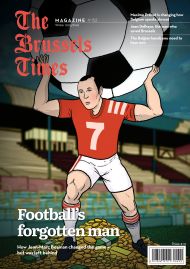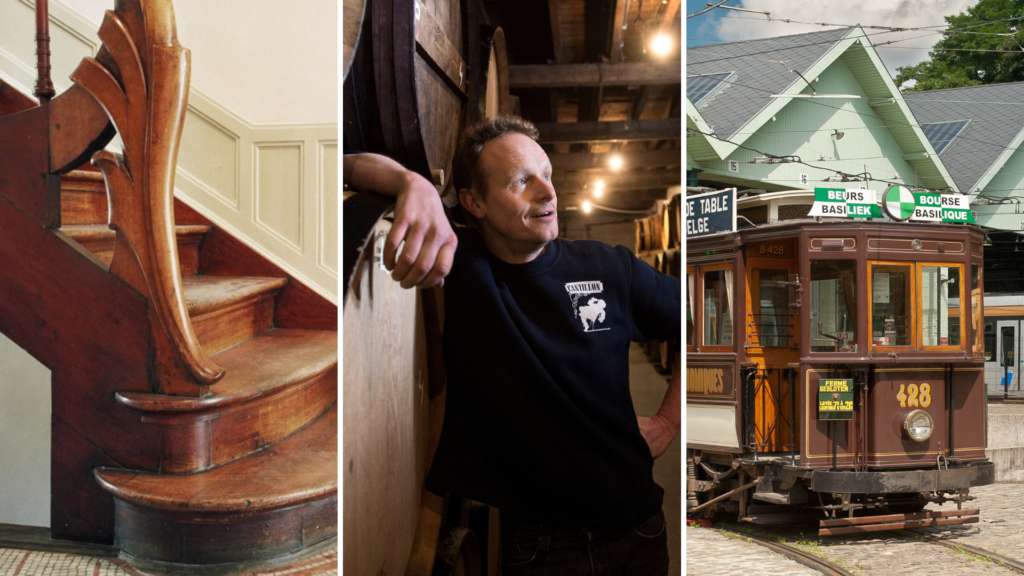Great chocolate, beer and chips (sorry, frites) – you really can’t go wrong in Brussels. And in between trips to the frietkot or the estaminet, you can even fit in a couple of museums.
Many tourists in Brussels tend to gravitate towards the city centre. And for good reason, this is where you can find the city’s biggest and most well-known museums. However, most Brussels residents will argue that the city can be truly experienced by travelling to different neighbourhoods.
If you are a tourist or a relative newcomer to the city, it would be a shame to not venture off the beaten track to discover other museums and get a true sense of the city.
Brussels Gueuze Museum (Anderlecht)
Off a side street in Anderlecht, the Brussels Gueuze Museum is a step back in time. This museum, attached to the Brasserie Cantillon, takes on another aspect of Brussels industrial heritage: Gueuze. This acid-like beer, which tastes closer to a cider than a traditional beer, used to be the city’s main vice. It is drunk in champagne glasses and comes in a corked bottle.
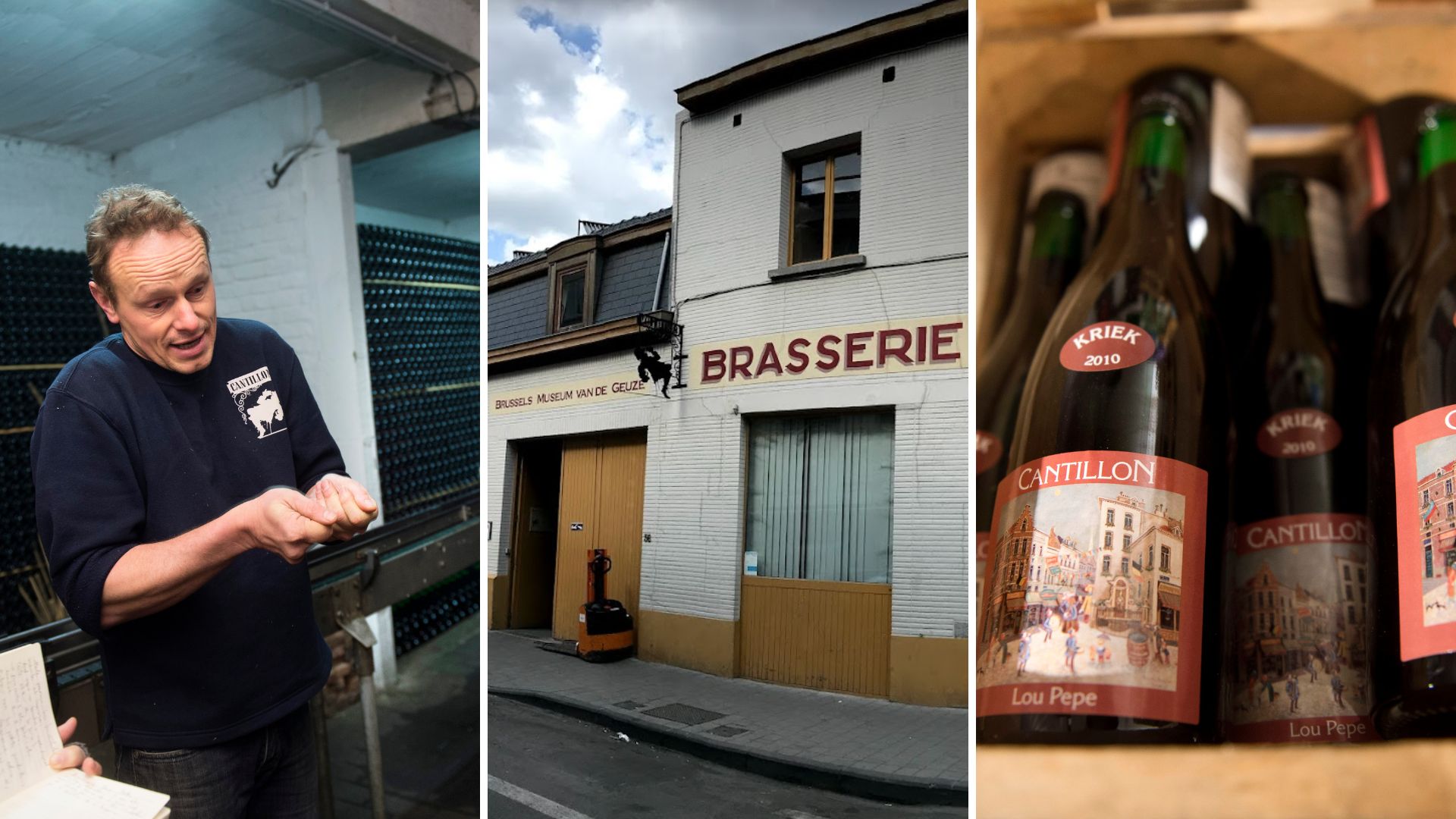
Brussels Gueuze Museum. Credit: Belga
Located inside a family brewery known for the production of the best-known Brussels tipples – Lambic, Gueuze, Faro and Kriek. These beers were the go-to in the Belgian capital until the arrival of foreign brews, such as pils, which took over after WWII.
To discover more about this, four generations of the Van Roy-Cantillon family are still maintaining the traditional brewery today. Visitors can enjoy beer cellars, brewing equipment from 1900 and, of course, a tasting session of the lambics.
Click here for more information.
Don’t miss: 100-year old red copper beer barrels and the walls of old beer bottles.
Belgian Chocolate Village (Koekelberg)
If you want chocolate with a dash of Belle Epoque, the Belgian Chocolate Village is entirely dedicated to chocolate and showcases the full know-how of Belgian chocolatiers.
Just a stone’s throw away from the Koekelberg basilica, it is located in the old “Victoria” chocolate and biscuit factory, founded in 1896 as an industrial biscuit factory by three Brussels confectioners. They named it after the British monarch as they intended to compete with British biscuits being sold around the world.
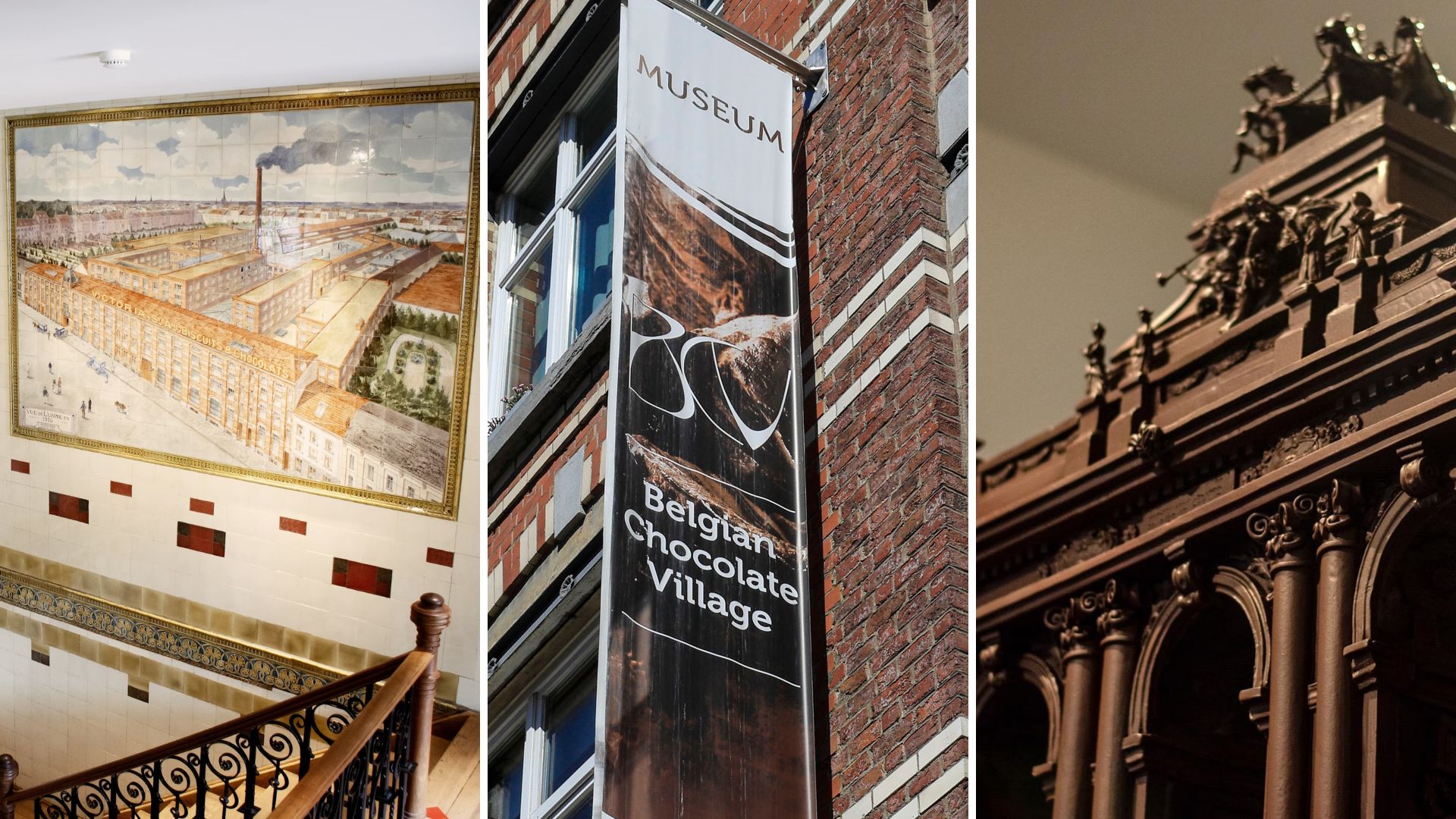
Belgian Chocolate Village
It holds stunning ceramic murals from 1904, majestic central staircase and Art Nouveau style paneling. The scenographic tour displays and explains all stages of the chocolate making process – from bean to bar. Notable rooms include the Belle Epoque salon and tropical greenhouse which reproduces the conditions of cocoa cultivation.
Don’t miss: The Belle Epoque salon's extensive chocolate counter.
Click here for more information.
La Fonderie - Brussels Museum of Industry and Work (Molenbeek)
Belgium was the second country to industrialise after the United Kingdom. Didn’t know that? Then head over to little Manchester – an old nickname for Molenbeek-Saint-Jean, where La Fonderie is located.
Molenbeek in the 19th century was also the departure site of the first passenger train in continental Europe in 1835. Just a few years before, the arrival of the canal brought foundries, metalworks and engineering factories to the area. La Fonderie museum was the site of the former Compagnie de Bronzes, known for making statues.
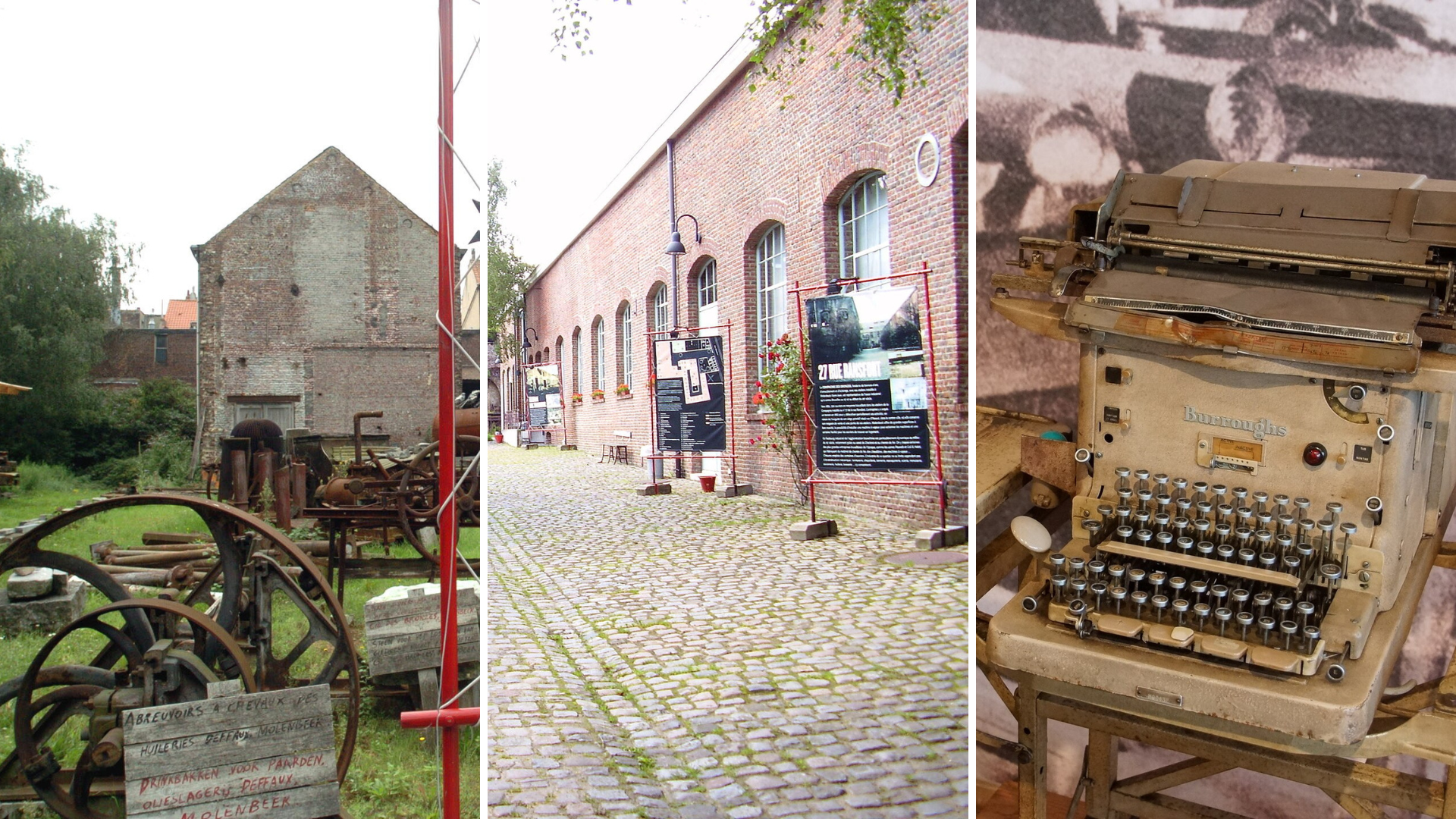
La Fonderie. Credit: Belga / La Fonderie
The Brussels Museum of Industry and Work aims to not only to study the industrial past of Brussels, but also be an actor of social revitalisation in one of Belgium’s poorest areas through a better understanding of the common past. It houses an impressive collection of objects, industrial machines, worker archives and oral testimonies. You will also see photos of the workforce which remind you that child labour was actually not so long ago. Oh, and there is usually a Guinguette (bar) in the large garden area during summer too.
Click here for more information.
Don’t miss: The moving message tribute to migrant workers who moved to Molenbeek to work in the many factories (if you don’t speak French, you can use the Google Translate photo feature).
Maison Autrique (Schaerbeek)
It was tempting to leave out the Victor Horta houses, but Maison Autrique is his first well known building, giving it considerable importance in the architectural heritage of the city. The museum allows everyone to better understand the historical and aesthetic interest of old Brussels homes.
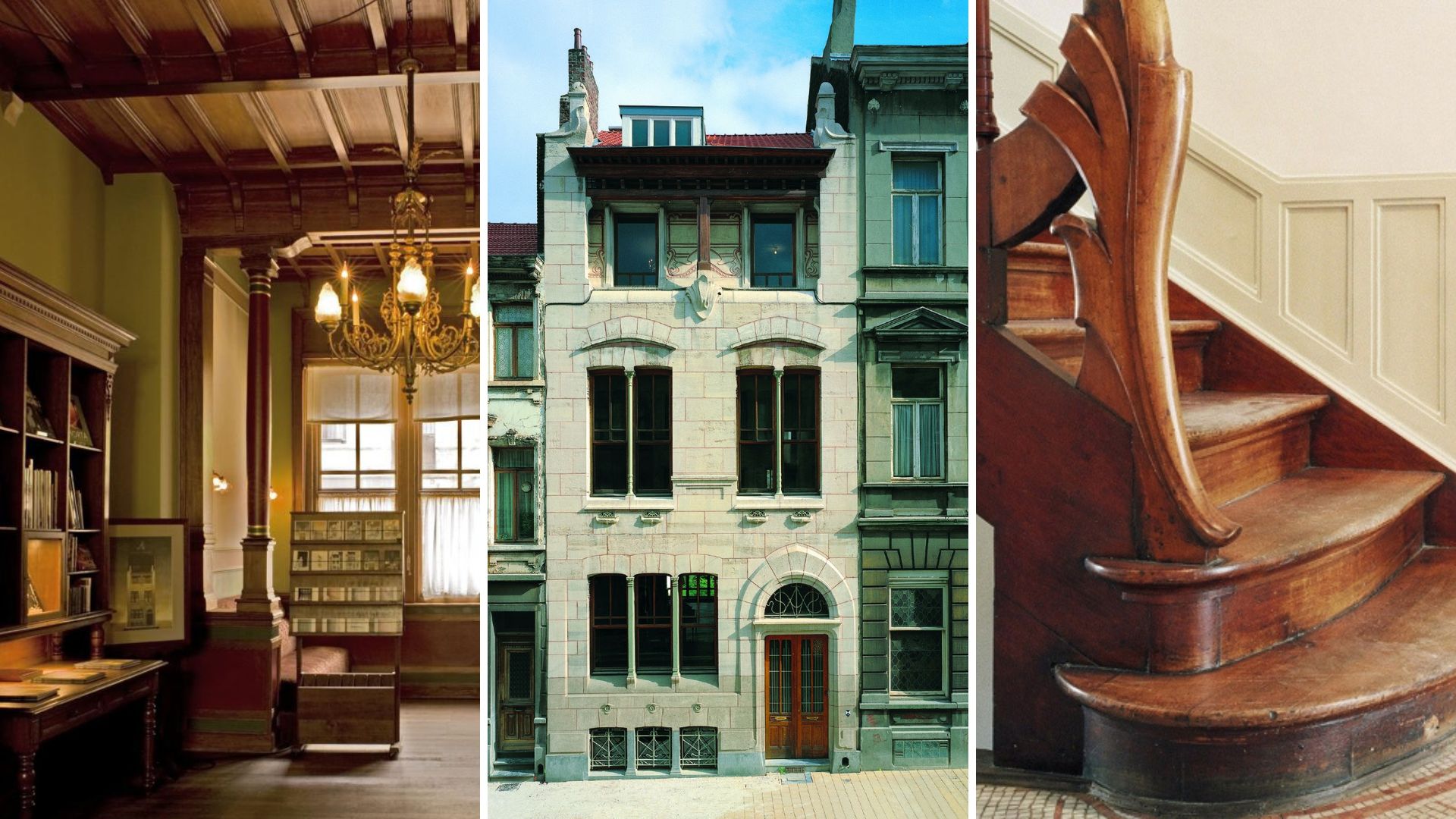
Maison Autrique
Tucked away inside the municipality of Schaerbeek, Horta built the house for his friend Eugene Autrique, an engineer at Solvay, in 1893. In his memoirs, Horta defines it as “no luxury, no extravagance” – but given today’s new-builds, we beg to differ.
Inside, visitors will be treated to a hybrid of exhibition spaces, a small thematic bookshop and an original scenography curated by Benoît Peeters and François Schuiten. While you are in the area, you can hop over to the Schaerbeek Beer Museum too for a pint.
Click here for more information.
Don’t miss: The basement washing rooms that make you feel like you are downstairs at Downton Abbey.
Museum of Urban Transport Brussels (Woluwe Saint-Pierre)
Not to be confused with Schaerbeek’s train world, Woluwe Saint-Pierre’s Museum of Urban Transport Brussels is located inside an old tram depot. It displays a collection of public transport vehicles that have travelled the streets of Brussels throughout different eras.
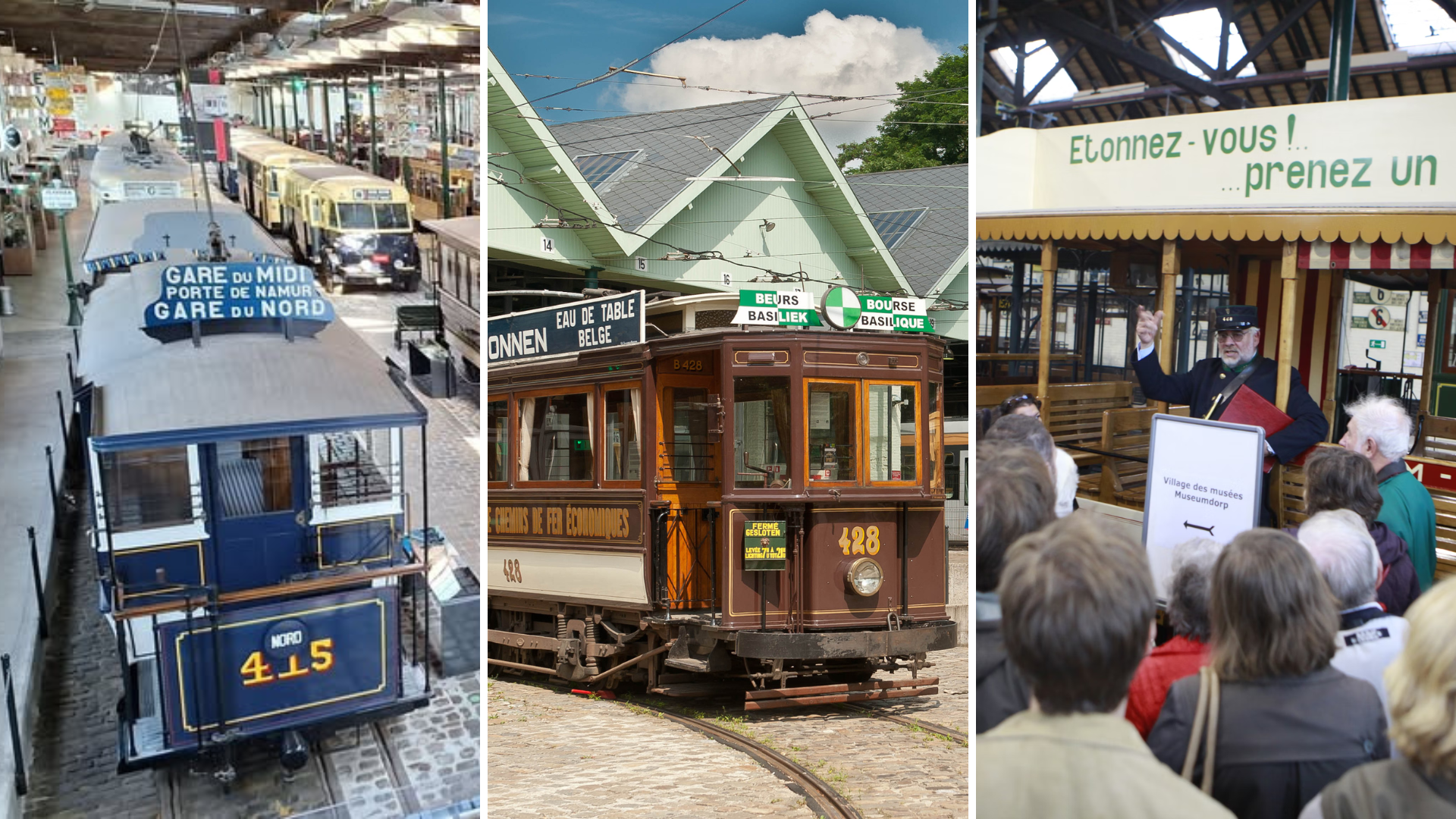
Museum of Urban Transport Brussels
Belgium's first horse-drawn trams were introduced in Brussels in 1869, taking citizens from Porte de Namur to Bois de la Cambre. The first electric tram lines were introduced in 1894, running from the Place Stéphanie to Uccle. The depot building which houses the museum was opened in 1897 and was built as part of the International Exposition of 1897.
Inside, you will find examples of these trams. Plus restored cars, buses and taxis – opening you up to the history of public transport in Brussels.
Click here for more information.
Don’t miss: You can book a guided trip through Brussels’ different municipalities with one of our historical trams that dates from 1935 - reservation required.
